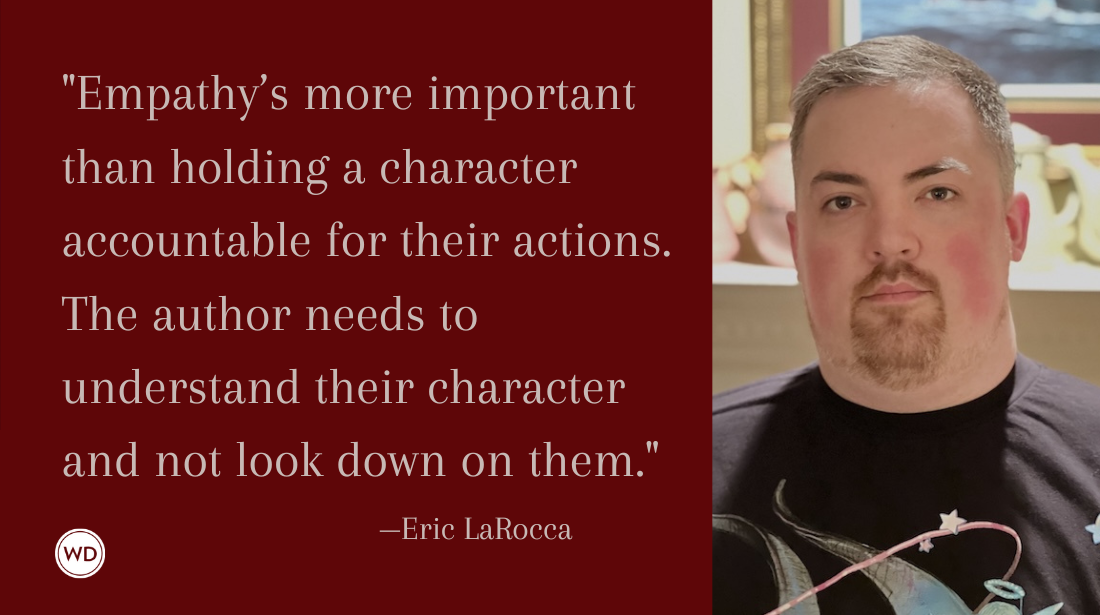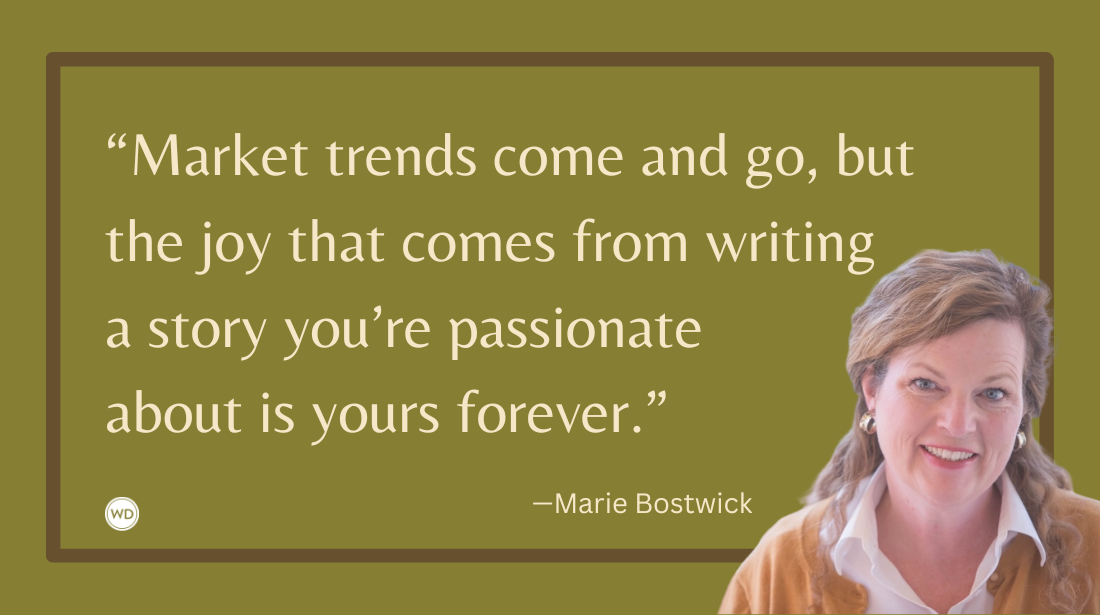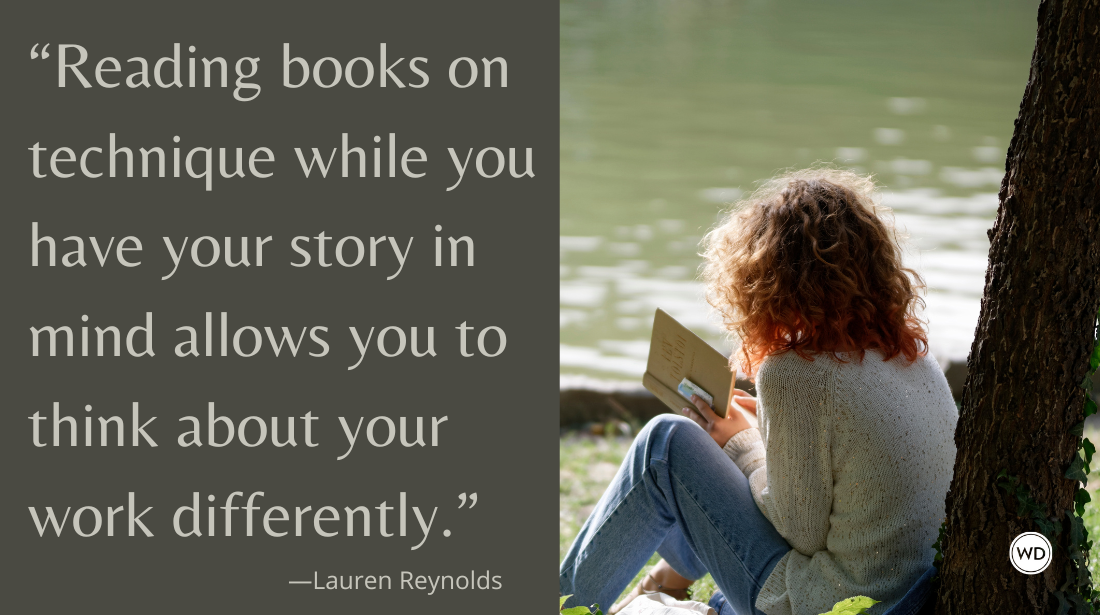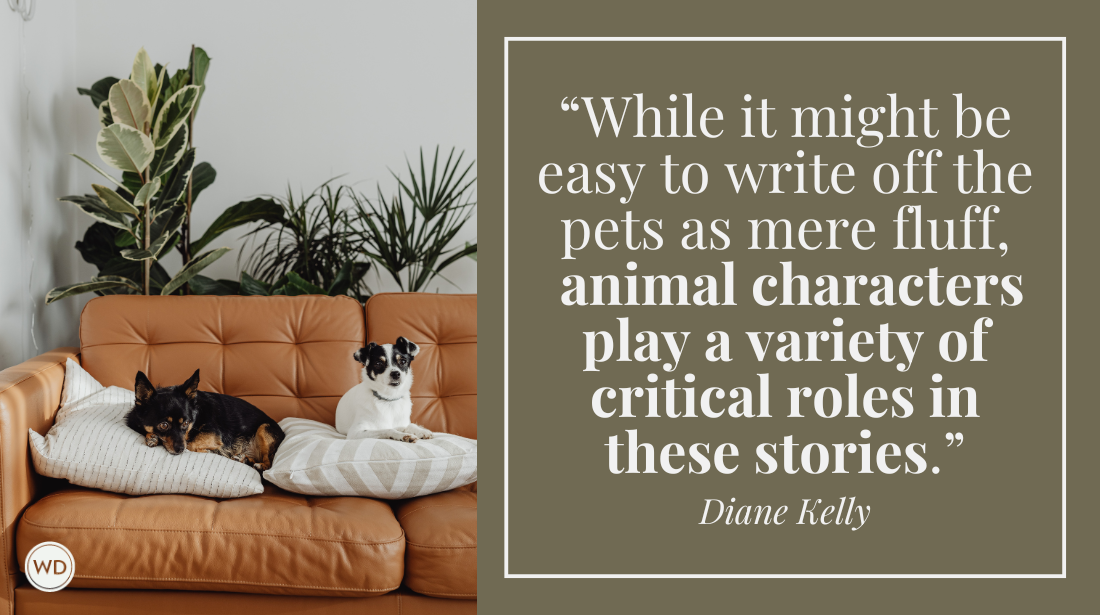From Ordinary to Extraordinary
Unveil the hidden beauty in the facts and transform your nonfiction with the power of wonder.
[This article first appeared in the September/October 2024 issue of Writer's Digest magazine.]
Wonder isn’t just for children or fiction; it’s a powerful tool in nonfiction that pulls readers into a universe of awe and amazement. From the mysteries of the cosmos to the intricacies of human DNA, infusing your books and articles with a sense of wonder can transform dry facts into a riveting read. Whether you’re detailing technological marvels or the unsung heroes of history, here are ways to pick topics that thrill, spin narratives that engage, and choose words that awe.
Let’s uncover the art of making readers wonder—and keep them coming back for more.
Selecting Your Subject
Think of wonder as the secret sauce that turns routine writing into a page-turner. Subjects that drip with inherent interest—like the mysteries of space exploration, the alien world of deep-sea phenomena, and the cutting-edge of technologies—are natural magnets for wonder. Dive deep to hook your readers with the extraordinary hidden within the seemingly ordinary.
How do you spot these gems? Start with big questions that push the boundaries of human knowledge and imagination. What’s out there beyond the visible stars? How do creatures survive in the crushing depths of the ocean? What futuristic technologies could redefine our future? These questions capture the reader’s curiosity.
Wonder isn’t only found in cosmic mysteries; it also lies in the minutiae of daily life when viewed through a fresh lens. Take a common object and reframe it: how does a zipper work, its tiny interlocking teeth a marvel of precision engineering? Or what’s the journey of a raindrop from cloud to river, a tiny freshwater capsule traveling hundreds of miles, nourishing ecosystems and carving canyons over millennia? By presenting everyday subjects with a twist, you transform the commonplace into magnificence.
Author and editorial consultant Wendy Lyons Sunshine suggests, “Get curious about your subject and start digging. For example, I wanted to introduce the concept of parent-child attunement. By searching in Scholar.google.com, I discovered that certain indigenous cultures are so attuned to their infants that they never use diapers. Parents notice subtle signs when potty time is imminent and simply move their babies away to relieve themselves. I found this level of attunement wondrous and believed readers would too.”
Once you’ve hooked readers with the topic, meticulous research will reel them in. Great research uncovers jaw-dropping facts that elevate your narrative from interesting to essential. Whether chronicling the development of a life-saving vaccine or a caterpillar’s metamorphosis, dig up details that fascinate and amaze.
Start with broad strokes: gather up-to-date and comprehensive information. Then zoom in on the fine print—it often contains the golden nuggets. Interview experts, delve into historical texts, and scour scientific journals. Be relentless in your quest for astonishing truths tucked beneath layers of complexity.
For example, explore the formation of a canyon. It may not seem thrilling at first glance, but tracing the relentless power of erosion over millennia, sculpting rock and carving landscapes, turns a simple concept into a saga. Or take the engineering behind skyscrapers: more than just concrete and steel stacked high, it’s a ballet of physics, where each beam, girder, and rivet plays a part in defying gravity.
And consider Wi-Fi: invisible, yet essential for modern life. Investigate how it was invented, the science of radio waves, and its impact on global connectivity. You’re not just writing about technology; you’re marveling at the wizardry that connects continents.
Selecting your subject is about finding the intersection of curiosity and knowledge. It’s about framing the known in unknown ways and unveiling the overlooked wonders of the world. Your research is the map that leads readers into territories rich with awe. Follow these principles, and you’re not just writing nonfiction; you’re crafting a portal to a world of wonder.
Balancing Facts With Narrative
Fact-packed prose might feed the mind, but stories stir the soul. This is where structuring your narrative to build interest comes into play. The goal is to weave your facts into a story arc that escalates the wonder, making each page a gateway to the next surprise.
Start with the setup: Introduce the stakes and the main “characters,” whether they’re scientists, historical figures, or natural phenomena. Present the initial situation that unveils the intriguing world you’re about to explore. Use this as an opportunity to hook the reader with a compelling question or problem that demands exploration.
Sunshine adds that “Stories have the wonderful benefit of making abstract concepts concrete and relatable. A well-constructed narrative can evoke readers’ sympathy and curiosity and get them invested in the outcome.”
Move into the development phase, where you layer in details that deepen understanding and investment. Organize your facts as stepping stones that lead deeper into the heart of the mystery, maintaining momentum and building suspense.
Reach a climax, the moment of greatest insight or revelation. This peak should be awe-inspiring, whether it’s the dramatic effects of climate change or the complex beauty of neural networks. Make sure it delivers a strong impact.
Then, guide your readers to the resolution. After reaching the narrative peak, bring them back down with reflections or implications of what they’ve just learned. Offer a satisfying conclusion that reinforces the sense of wonder and possibly encourages further exploration.
Turning raw information into a vivid scene involves showing, not telling. Use sensory details and dynamic descriptions to help readers visualize complex processes or abstract concepts.
Let’s examine the chaotic beauty of a butterfly migration. Rather than just stating facts, immerse your readers in the scene. Describe the myriad wings creating a tapestry in the sky, the sunlight glinting off each iridescent wing, and the sound of leaves crunching underfoot as observers marvel at the spectacle. Share insights into the butterflies’ navigation techniques involving celestial cues and Earth’s magnetic field, emphasizing their collective journey across thousands of miles.
Apply these techniques to any scene, from the frenetic energy of a stock exchange to the serene grandeur of a glacier. Let the environment animate your facts, enabling the reader to hear the murmur of the crowd and feel the chill of the ice.
By balancing detailed factual content with engaging narrative structures and vivid scene-setting, you transform your nonfiction into a compelling story. This isn’t just information; it’s an experience, a journey through the phenomenal world of your subject that educates and enchants.
Storytelling Techniques to Amplify Wonder
The magic of a memorable nonfiction piece often lies in its language. The right words can elevate your narrative into the realm of the unforgettable or leave it mired in the mundane. Effective language doesn’t just relay events—it makes readers feel the magnitude of the events, the mystery of the concepts, and the majesty of the discoveries.
First, think about your adjectives and verbs. Replace general descriptors with strong, vivid words that paint a picture or invoke a sensation. Instead of saying the Grand Canyon is big, describe it as a vast chasm carved by time, echoing tales of ancient earth whispered by the wind. This approach not only informs but also evokes the grandness and allure of the landscape.
Next, focus on rhythm and sound. The flow of your sentences can greatly influence how information is perceived. Short, sharp sentences may convey urgency or significance, while longer, flowing sentences can capture beauty and expansiveness. Employ alliteration and assonance to make your phrases catchier and more memorable.
Avoid hyperbole. The truth is often wondrous enough without exaggeration. Let the facts speak for themselves, and when you use superlatives (fastest, worst, most important, etc.), ensure they’re grounded in reality to maintain credibility.
“Skilled nonfiction writers borrow many techniques from fiction writers,” Sunshine says, “Both choose precise, muscular verbs to craft vivid scenes. Both drench us in sensory details to help us see, hear, smell, and virtually touch the story.”
While nonfiction relies on factual accuracy, incorporating narrative techniques from fiction can dramatically enhance its appeal. Dialogue, character development, and setting aren’t just for novelists; they are potent tools that can bring nonfiction stories to life.
- Dialogue: Introduce real conversations or quoted speech to add immediacy and personality. For instance, when covering a scientific breakthrough, include an exchange between the scientists to reveal their excitement and frustration. This human element helps readers connect emotionally with the subject matter.
- Character Development: People are drawn to characters they understand and care about. Develop the individuals in your narrative by exploring their backgrounds, motivations, and conflicts. Let their personal stories enrich the factual content.
- Setting: A well-described setting can transport readers. Instead of merely placing events in a sterile lab, describe the cluttered workbench, the smell of ozone, and the buzz of fluorescent lights. These details help the reader visualize and experience the scene as if they are there.
Consider Rosalind Franklin and the discovery of the DNA double helix structure. Instead of merely stating facts, paint a picture of her tireless nights in the lab, the chilly mornings at King’s College, and her poignant discussions with colleagues that led to breakthroughs. Allow readers to feel her isolation and her triumphs.
By integrating these elements of fiction into your nonfiction narrative, you transform it from a mere presentation of facts into a story that resonates with the wonder of human experience. This method not only makes the material more engaging but also more memorable, enabling readers to fully appreciate the awe inherent in the truths you share.
Why settle for mundane when you can mesmerize?
Don’t settle. Let your writing shout from the rooftops, whisper in the dark, and sing from the pages. See the extraordinary in the ordinary. Phenomenal stories are waiting to be told by those daring enough to find them. Write not just to inform, but to inspire.
Now it’s your turn to discover the wonder in your writing!
Masterful Examples of Wonder in Nonfiction
Witness a collection of nonfiction that informs, illuminates, and captivates readers. These masterworks brilliantly fuse in-depth research with narrative eloquence, turning factual accounts into profound explorations of the human and natural world.
The Immortal Life of Henrietta Lacks by Rebecca Skloot marvelously intertwines the story of Henrietta Lacks and her immortal cells with the evolution of medical science, creating a narrative rich in emotional depth and ethical questions. Skloot brings to life the astonishing impact of HeLa cells on medicine, wrapped in the poignant personal story of the Lacks family, evoking a deep sense of wonder and complexity.
Annie Dillard’s Pilgrim at Tinker Creek discovers the natural wonders of Virginia’s Blue Ridge Mountains with poetic grace and profound insight, making the familiar seem otherworldly and awe-inspiring. Dillard’s reflections delve deep into the mystical elements of nature, transforming creek-side observations into philosophical revelations that awaken the sublime in the everyday.
“The Really Big One” by Kathryn Schulz, published in The New Yorker, captures the looming threat of the Pacific Northwest’s predicted mega-earthquake with gripping narrative force that illustrates the catastrophic potential through vivid, personal stories. Schulz not only details the science behind seismic activity but also imbues it with a sense of foreboding wonder, compelling readers to grasp the sublime terror of Earth’s movements.
“How to Get a Nuclear Bomb” by William Langewiesche, from The Atlantic, intricately examines the daunting intricacies of nuclear proliferation and the perilous dance of international politics with a clarity that transforms complex issues into a spellbinding thriller. Langewiesche unpacks the technological marvels and geopolitical maneuvers with a story that’s as compelling as it is informative, highlighting the world-altering capabilities of nuclear physics.
In addition to running the creative writing program at Ringling College of Art and Design, Ryan G. Van Cleave is Editor for Bushel & Peck Books and has authored 20+ books, including The Weekend Book Proposal (WD Books). As The Picture Book Whisperer, Ryan helps celebrities and high-profile clients write picture book and kidlit titles.








